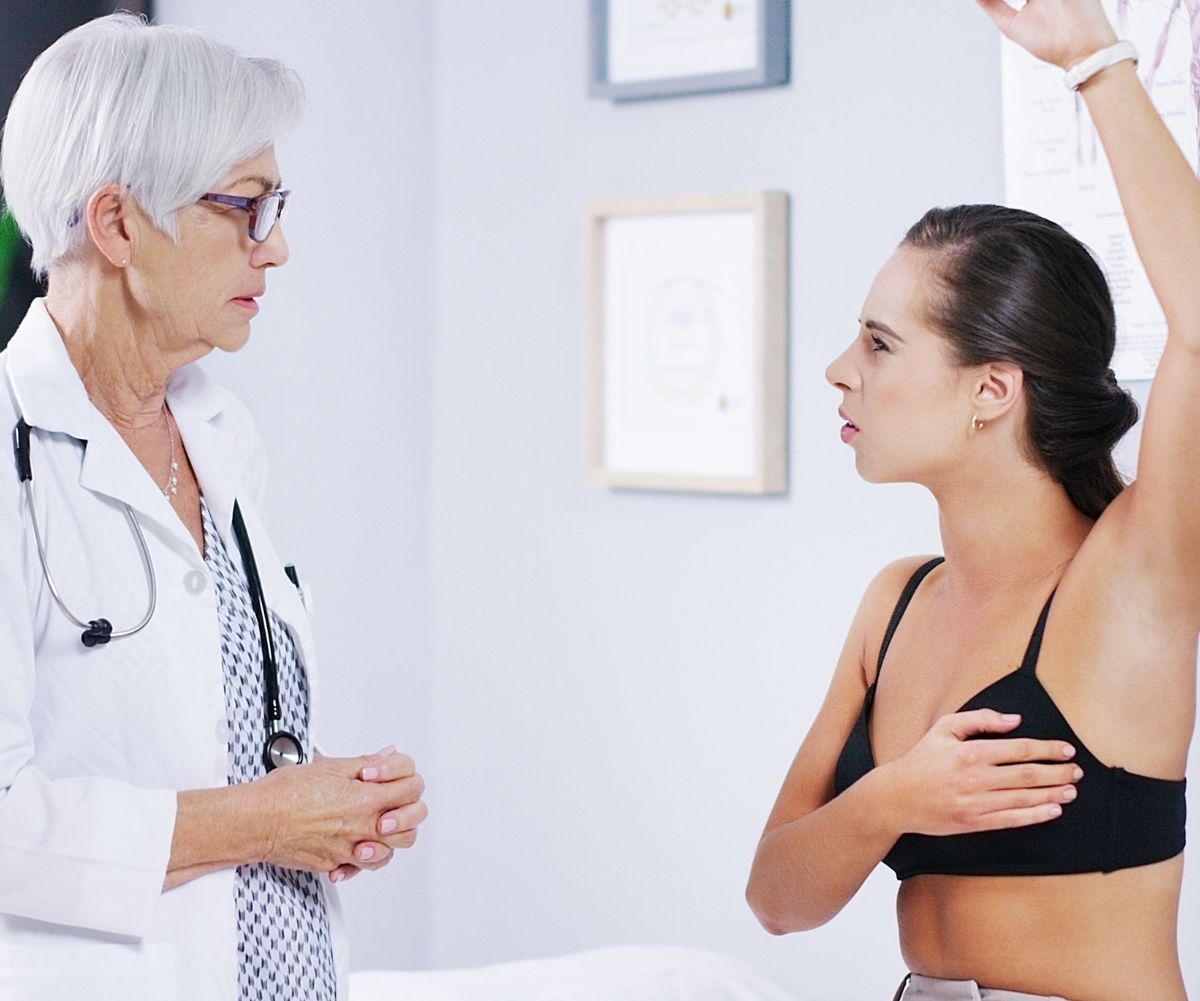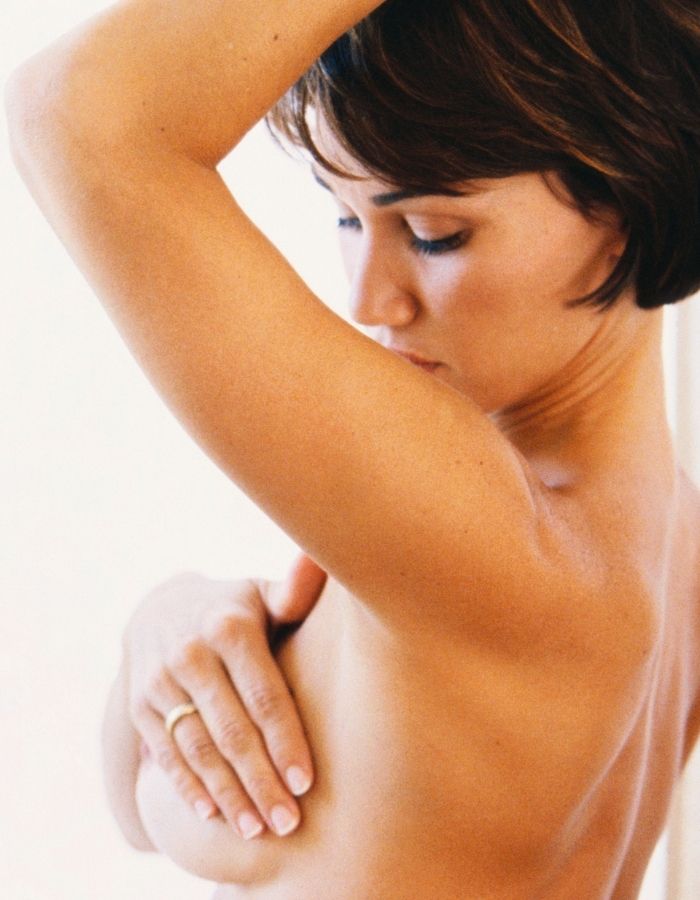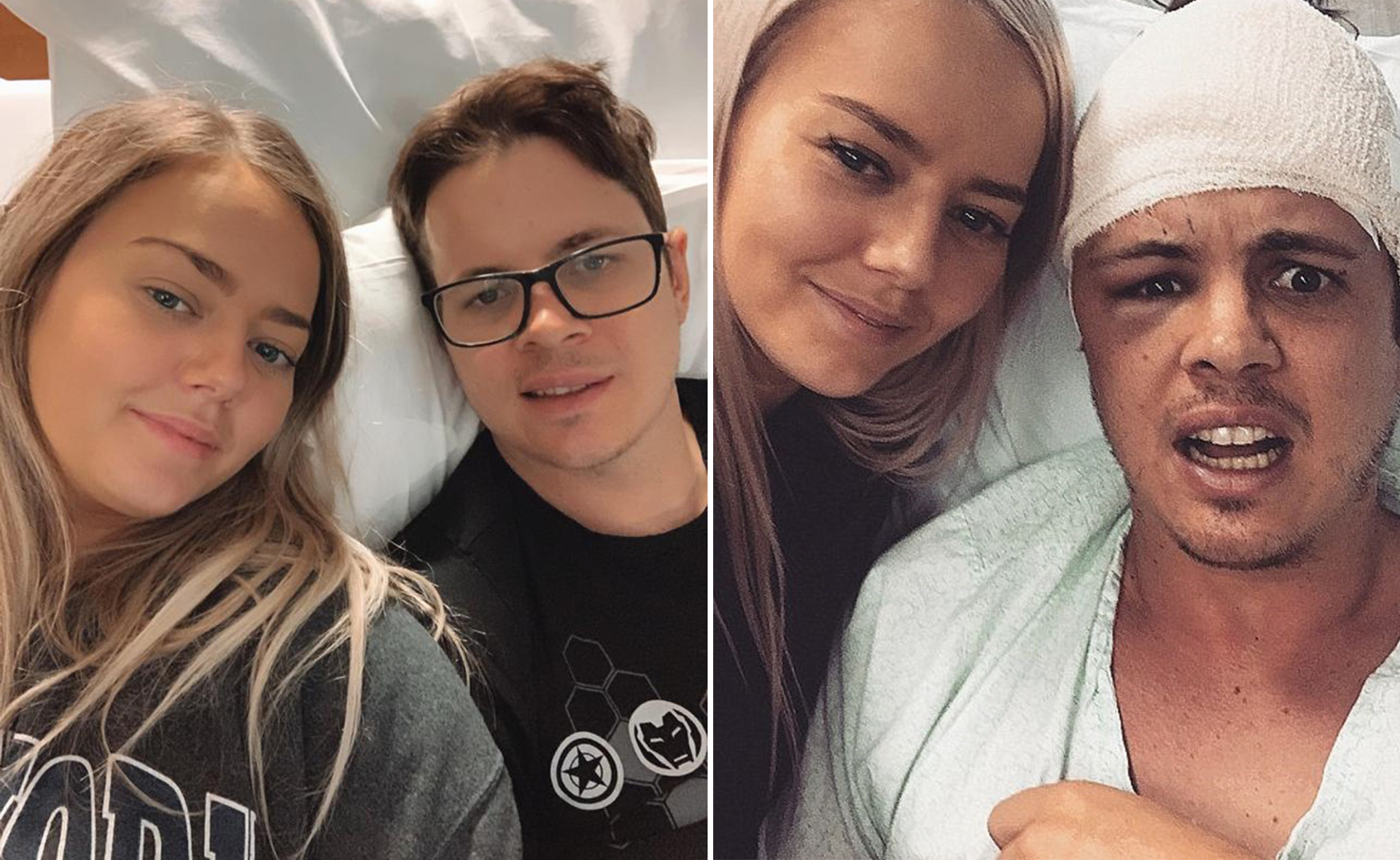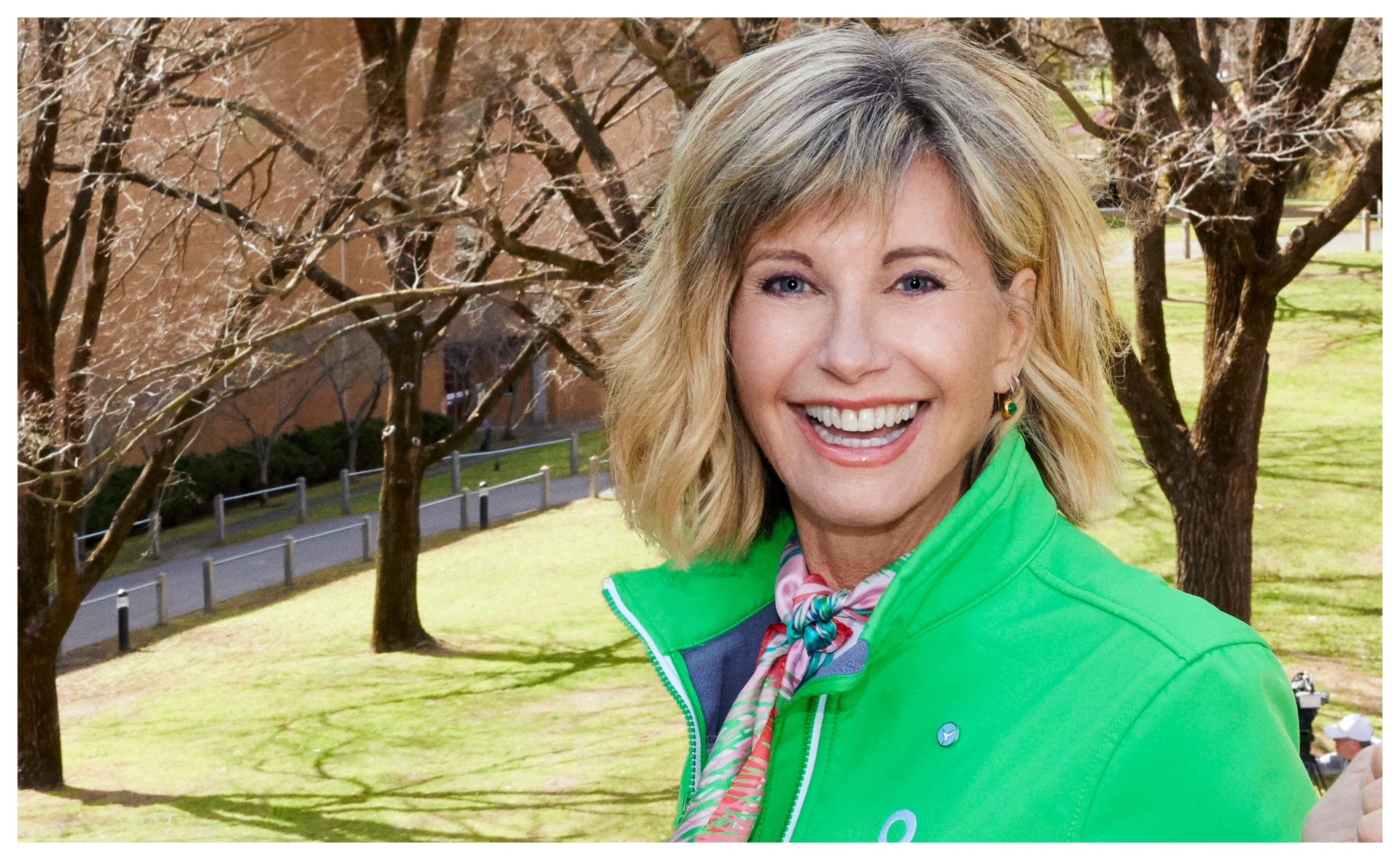October is Breast Cancer Awareness Month and it marks a time to reflect on our relationship with our breasts.
Everyone sees their breasts differently from bulbous flesh to an extension of their sexuality, as life-nurturing sustenance, a source of insecurity or even just boobs – nothing less than a body part.
But fostering an endearingly intimate relationship with your breasts may save your life.
Cancer Australia reports that 19,866 women are estimated to be diagnosed with breast cancer in 2021.
In 2017, the disease was the “second most commonly diagnosed cancer in Australia,” and in 2021, it’s estimated to become “the most commonly diagnosed cancer.”
Thankfully modern medicine is a hard-earned success story, and from 2013-2017 the chance of surviving was 92 per cent.
It’s fantastic that we have a higher survival rate than ever, but early detection is still the best way to keep yourself safe.
To find out what good breast self-care looks like, Now To love, spoke to general practitioner Dr Jill Forer who says the first line of defence for breast cancer and any illness is to live a healthy lifestyle.
Dr Jill shares that it’s crucial to maintain your weight and keep your body moving, even if it’s only for 30 to 40 minutes a day.
It’s also important to drink alcohol mindfully because it’s carcinogenic, and large quantities can increase oestrogen levels in your body.
Dr Jill is also firm on her stance on smoking because it will increase the chances of breast cancer as it’s a grade one carcinogen.
While living a healthy and balanced life will reduce your chances of triggering cancer, you have another fundamental line of defence when it comes to your boobs, and that’s self-detection.

“Early detection is a really important part of breast health, so one of the things I tell my patients is to become friends with your breasts.”
(Getty)There is no universal blueprint in the world of boobs as they come with unique textures, sizes, and shapes, and they all react differently to periods.
Of course, breast diversity is pretty incredible, but it also means it’s up to individuals to know their pair best to pick up on subtle changes.
“Early detection is a really important part of breast health, so one of the things I tell my patients is to become friends with your breasts,” says Dr Jill.
“Learn how to feel, learn to understand how they look and don’t be afraid to touch them.”
The best way to examine your breasts is right after your period because that’s when they’re the least swollen.
Dr Jill has outlined an easy-to-follow guide to help you navigate a self-examination once a month.
On the last day of your period, you need to stand in front of a mirror topless, with your arms by your side and look at your breasts.

Understanding your breasts is the best way to notice any changes.
(Getty)Then put both your arms in the air and continue inspecting in the mirror, and once you’ve given them a good look, place your hands on your hips and contract your muscles while looking at yourself.
Next, Dr Jill recommends taking a shower to feel your breasts, and this can be done by placing the opposite arm of your breast on the top of your head, so you can use the other arm to examine your breast.
Now, you need to touch your breast in “imaginary quarters,” and on the quarter near your armpits, it will feel like a tail, and it needs to be examined too.
Once you finish showering, lay down on your bed to observe the top of your breasts.
“Because the breast fills up at the bottom when you’re standing, and at the top when you’re lying down, so by doing that, you get the opportunity to examine both parts when they’re both empty,” explains Dr Jill.
Doing this once a month will ensure that you catch any minor changes, and if you do notice anything different, book an appointment with your GP.
“Every person is their best screener for their beast health, and if they detect something, then they go to the GP.
“Of course, from 40-years-old we have our regular screening or earlier if you have a risk of familial breast cancer,” she says.

Dr Jill recommends touching your breast like this in the shower.
(Getty)If your parents are carriers of the BRCA1 and BRCA2 genes that can cause cancer, you must find out if you’re a carrier too.
If you find out you have the gene or if you know you have it, a genetic specialist will guide you through your best options, but it’s important to know that “Not all people who have the gene get cancer, and not all people who don’t have the gene don’t get cancer.”
Dr Jill shares that the risk of someone without the gene getting cancer is “13 per cent,” and the risk for those with “the variant failure genes could be anything from 45 to 70 per cent.”
Women historically dismiss their health symptoms, and there are many systematic, cultural, and personal reasons for this, and it can cause misconceptions to arise, which applies to breast cancer.
Dr Jill has aired out the most common misunderstandings about the disease, which is that only older women are diagnosed with the disease.
WATCH BELOW: Must-know facts about breast cancer. Post continues after video…
In actuality, breast cancer can occur at any age and although 40-year-olds and older are diagnosed more frequently, it doesn’t mean younger people are immune.
Also, if you show your doctor a lump you have found, and they dismiss you because they think you’re too young, Dr Jill urges you to see someone else for a second opinion.
“Every single lump in every single breast needs to be investigated regardless of age. Age is meaningless in breasts.”
For more information, visit the National Breast Cancer Foundation website.

